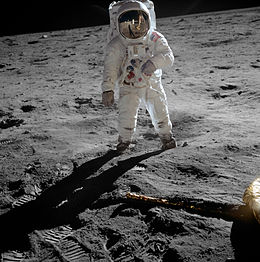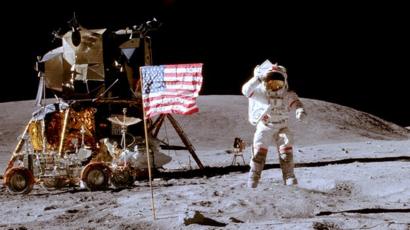Brief Breakdown
“Significant solutions tend to emerge when new production techniques are exploited as a means to a greater end; the crafting of objects that stands testament to the people rather than manufacturing or functional imperatives.”
Basic design elements of:
- Form
- Surface
- Materials (materials and their visual quality will help to add specificity and depth to your interpretation)
- Textures
(these by definition implicate composition, proportion, balance, scale, colour, light and shadow, contrast, transparency and reflectivity).
The 3D enclosure of the piece of moon dust from the Apollo 11 mission should explicitly convey through visual language:
- The Identity (Social and cultural values)
- Impart the meaning of the object
- Express the design intent
The enclosure must not be Simplistic or Stereo-typical
The majority of the design will be 3D printed but a small amount of additional material is allowed if it performs a specific function within your design.
PROCEDURE
- Start by understanding the context and significance of the theme
- Start to consider the visual vocabulary that might be associated with or represent your chosen theme
- In-depth research into aspects of the theme will give you further insights, discover interesting facts or traits linked to the context
- These interesting traits will form the seeds of your design
- Develop a develop a scenario of use for your enclosure
- Define how and where that object will be used
- Embellish your design with a narrative, if that narrative enhances the identity and meaning of the object.
- Precedents that establish the significance of the context and visual the language associated with your theme
- Consider how the interesting aspects can be represented through visual language and materials
Precedents definition: “an earlier event or action that is regarded as an example or guide to be considered in subsequent similar circumstances.”
Produce initial sketch designs that explore a range of directions -Monday 16th


